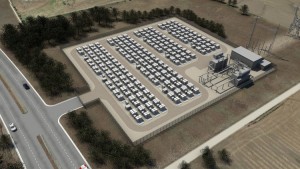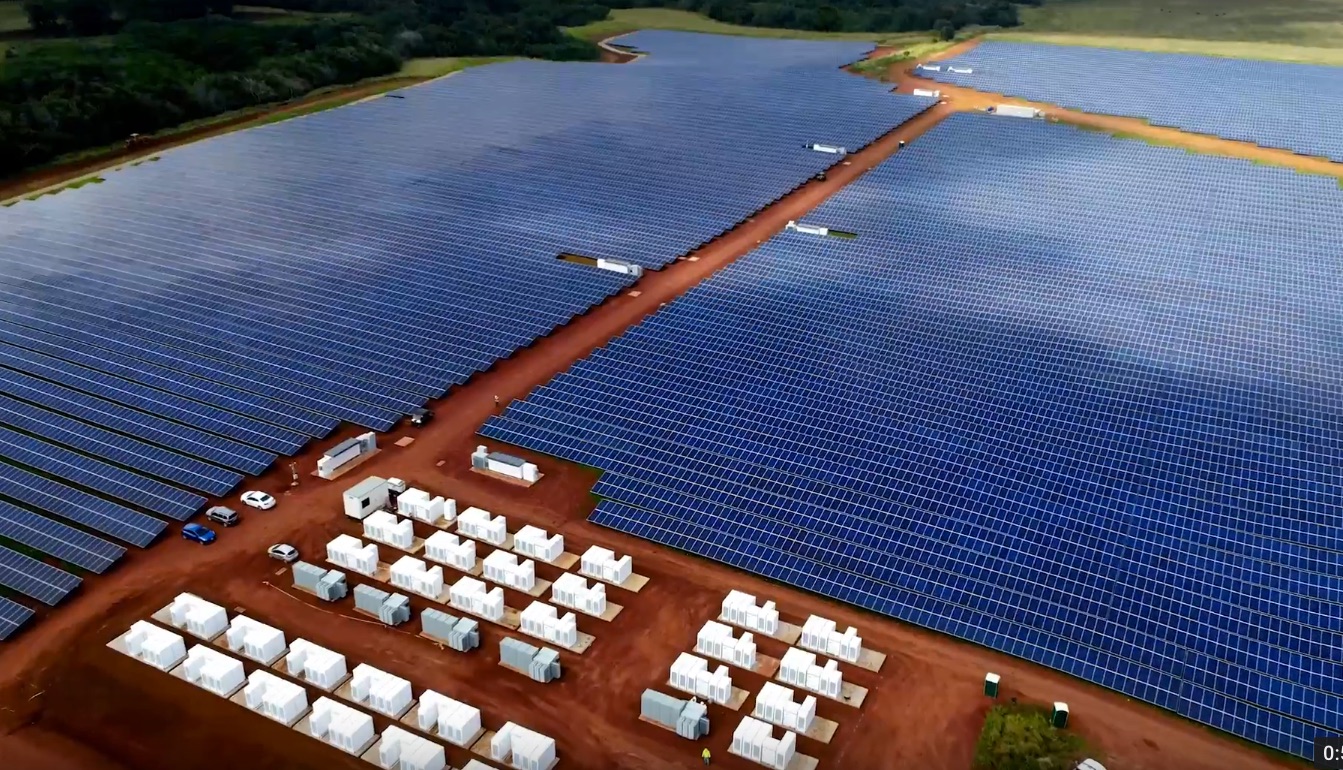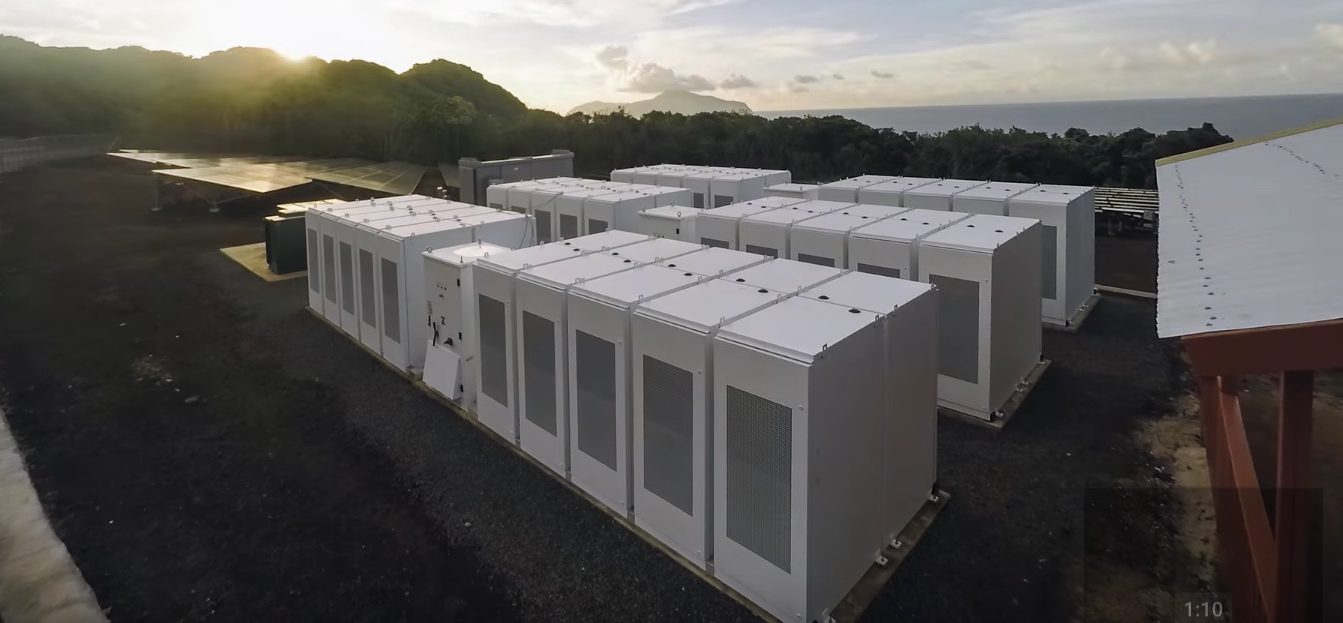

Energy
Could Tesla really rebuild Puerto Rico’s grid with batteries and solar?
Puerto Rico remains largely without electricity after hurricane Maria ripped through the island and destroyed much of its electricity grid. With rebuilding efforts underway from both non-profits and governmental aid, the U.S. territory has been able to reactivate just over 12% of the electricity grid and expects 25% of the grid to be online in the next month. Reconstruction of transmission lines and electrical infrastructure is expected to cost upwards of $5 billion, according to Ricardo Ramos, chief executive of Puerto Rico’s Electric Power Authority. With a public utility service that’s strapped in massive debt and linked to a bankruptcy filing in July, major funding for the crucial project to rebuild remains largely unknown.
While the U.S. government has failed to help restore power on the island, Tesla CEO Elon Musk is up for the challenge. In response to a question that asked if the billionaire entrepreneur would be able to restore power to Puerto Rico using independent solar and battery systems, Musk said, “The Tesla team has done this for many smaller islands around the world, but there is no scalability limit, so it can be done for Puerto Rico too. Such a decision would be in the hands of the PR govt, PUC, any commercial stakeholders and, most importantly, the people of PR.”
This caught the eye of Puerto Rico Governor, Ricardo Rossello, who suggested that the island could become Tesla Energy’s flagship project.
With 3.4 million residents on the island that use roughly 19 billion kWh of energy per year (19 million MWh), or an average of 5,310 kWh (5.2 MWh) per capita, building a Tesla solar and battery solution to meet some of the island’s needs will easily exceed the complexity and cost of Tesla’s existing massive battery project in Australia.
The Tesla Solution
According to the U.S. Energy Information Administration, Puerto Rico consumes 19 billion kWh of electricity per year with 96.4% of it being produced by fossil fuel generators. The other 3.6% is from renewable energy sources.
For the sake of coming up with some hypotheticals, let’s assume that Puerto Rico transitions at least 40% of its power generation to solar energy. To meet that goal, Tesla would need to install a 4,164 MW solar system (factoring in available sun hours), or roughly 5.2% of total global solar deployments in 2017, which is about 320 times larger than the solar plant that Tesla built in Kauai.
While it’s difficult to calculate the exact cost of a project of this caliber, we can still make some general estimates that are based on comparable projects and standard rates. In Q3 2016 SolarCity reported that its installation costs, excluding marketing and general administrative costs, were approximately $2 per watt-hour. Based on this assumption, a solar system for Puerto Rico could cost upwards of $8.32 billion.
Tesla would also be installing batteries to help balance the solar power generation and stabilize the grid. A Tesla battery storage solution in Puerto Rico of this size would far exceed the company’s existing “world’s largest lithium-ion battery” project in South Australia. Tesla would likely need a 5,000 MWh (5,000,000 kWh) battery system to support the installed solar.
Musk had previously said that projects over 100 MWh can expect a price of $250 per kWh. For a project of this size, Puerto Rico would be buying $1.25B worth of batteries from Tesla.
To put the size of the project in perspective, it’s worth noting that Tesla’s solar division (formally SolarCity) installed nearly 900 MWh of solar in 2016 and nearly 2,400 MWh over its history. The company is also expanding both solar and battery production at Gigafactory 1 and 2, both of which will help reduce costs over time as economies of scale are realized.
The real cost…
While projects as large as a proposed Tesla solution in Puerto Rico may seem incredibly expensive at first, it’s important to look at them with the right lens. Right now, households in the region pay $.198 per kWh, over 50% higher than the US average.
The total cost of solar and batteries would be $9.58B and would supply 40% of the island’s energy for decades. With Puerto Rico’s poor credit rating and high debt, financing this project won’t come easy, nor cheap. Factoring in a presumed 7% interest rate and the total project cost would exceed $21B over 20 years. In exchange, households would see a price drop in cost per kilowatt-hour to around $.112, as Puerto Rico transitions to a cleaner energy source with a more stable grid.
This project would clearly require a substantial investment in money and labor, something Musk doubters would find too large of scale for the company to tackle. But then again, when compared to building a network of massive rockets that would transport people across the world and eventually to Mars, a large-scale battery and solar system doesn’t seem all that difficult.
Energy
Tesla Lathrop Megafactory celebrates massive Megapack battery milestone
The Tesla Megapack is the backbone of Tesla Energy’s battery deployments.
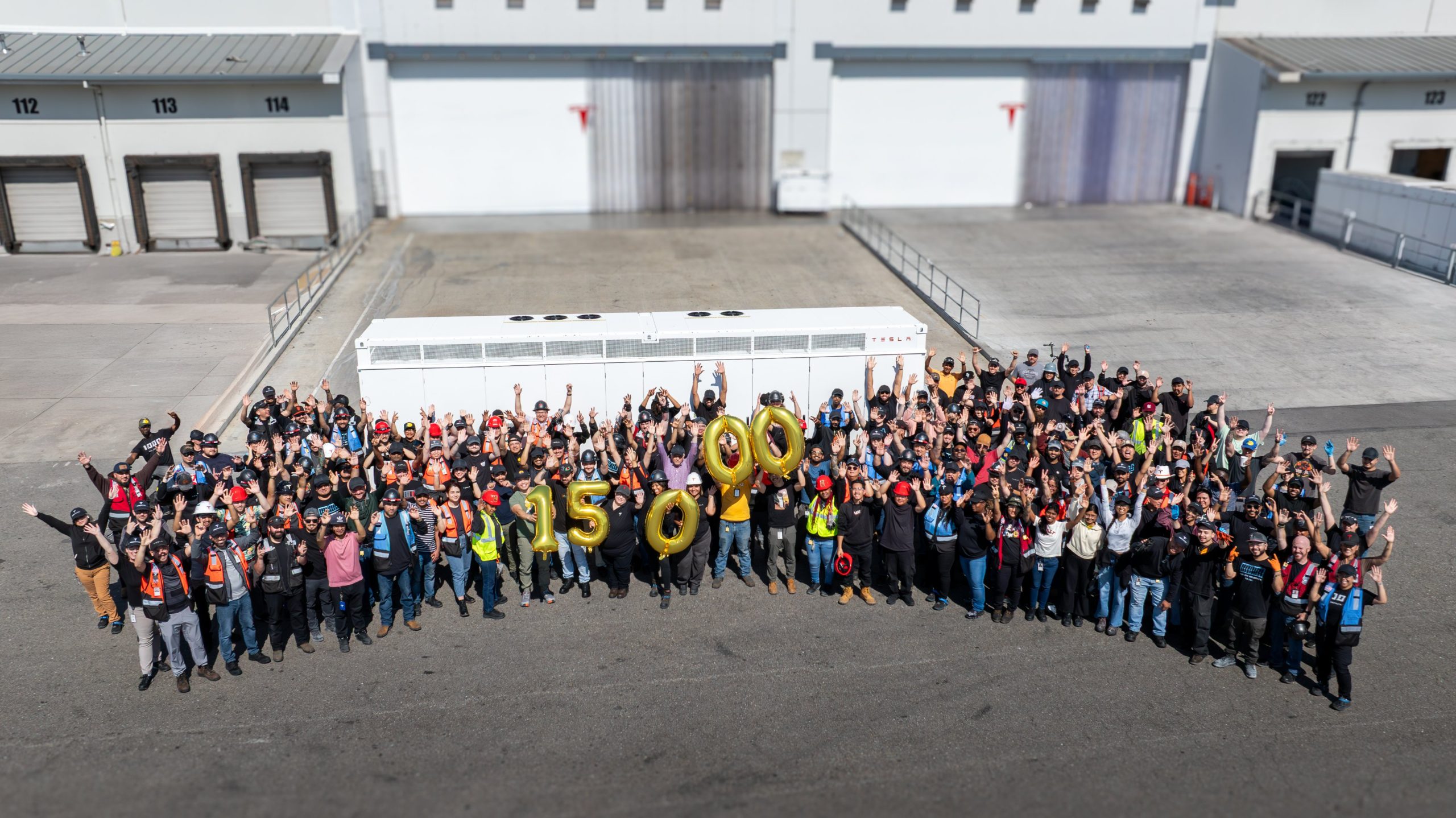
The Tesla Lathrop Megafactory recently achieved a new milestone. As per the official Tesla Megapack account on X, the Lathrop Megafactory has produced its 15,000th Megapack 2 XL battery.
15,000 Megapack Batteries
Tesla celebrated the milestone with a photo of the Lathrop Megafactory team posing with a freshly produced Megapack battery. To commemorate the event, the team held balloons that spelled out “15,000” as they posed for the photo.
The Tesla Megapack is the backbone of Tesla Energy’s battery deployments. Designed for grid-scale applications, each Megapack offers 3.9 MWh of energy and 1.9 MW of power. The battery is extremely scalable, making it perfect for massive energy storage projects.
More Megafactories
The Lathrop Megafactory is Tesla’s first dedicated facility for its flagship battery storage system. It currently stands as the largest utility-scale battery factory in North America. The facility is capable of producing 10,000 Megapack batteries every year, equal to 40 GWh of clean energy storage.
Thanks to the success of the Megapack, Tesla has expanded its energy business by building and launching the Shanghai Megafactory, which is also expected to produce 40 GWh of energy storage per year. The ramp of the Shanghai Megafactory is quite impressive, with Tesla noting in its Q1 2025 Update Letter that the Shanghai Megafactory managed to produce over 100 Megapack batteries in the first quarter alone.
Tesla Energy’s Potential
During the first quarter earnings call, CEO Elon Musk stated that the Megapack is extremely valuable to the energy industry.
“The Megapack enables utility companies to output far more total energy than would otherwise be the case… This is a massive unlock on total energy output of any given grid over the course of a year. And utility companies are beginning to realize this and are buying in our Megapacks at scale,” Musk said.
Energy
Tesla Megapacks powers the xAI Colossus supercomputer
Tesla Megapacks step in to stabilize xAI’s Colossus supercomputer, replacing natural gas turbines. Musk’s ventures keep intertwining.
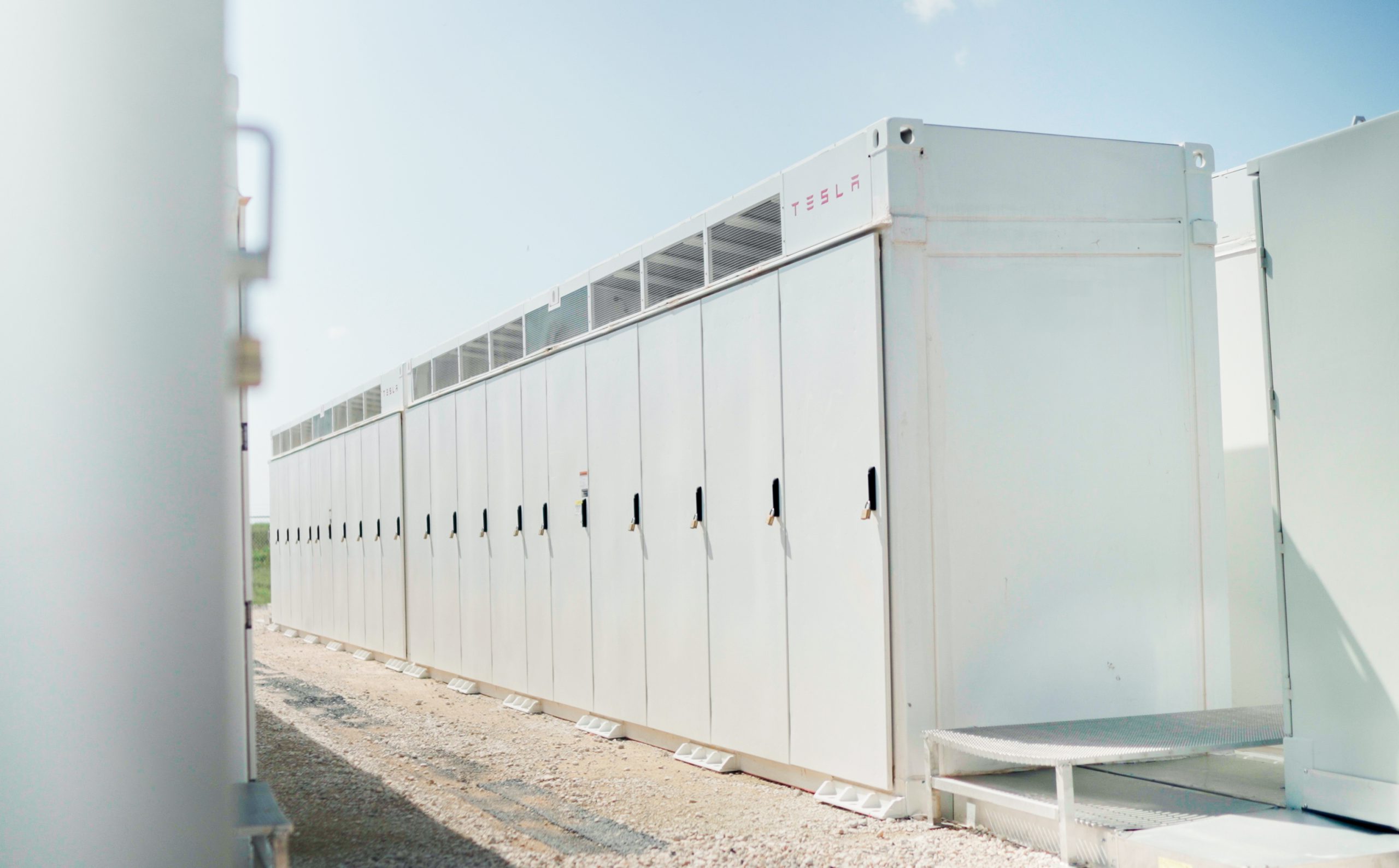
Tesla Megapack batteries will power the xAI Colossus supercomputer in Memphis to ensure power stability. The collaboration between Tesla and xAI highlights the synergy among Elon Musk’s ventures.
The artificial intelligence startup has integrated Tesla Megapacks to manage outages and demand surges, bolstering the facility’s reliability. The Greater Memphis Chamber announced that Colossus, recently connected to a new 150-megawatt electric substation, is completing its first construction phase. This transition addresses criticism from environmental justice groups over the initial use of natural gas turbines.
“The temporary natural gas turbines that were being used to power the Phase I GPUs prior to grid connection are now being demobilized and will be removed from the site over the next two months.
“About half of the operating turbines will remain operating to power Phase II GPUs of xAI until a second substation (#22) already in construction is completed and connected to the electric grid, which is planned for the Fall of 2025, at which time the remaining turbines will be relegated to a backup power role,” the Chamber stated.
xAI’s rapid development of Colossus reflects its ambition to advance AI capabilities, but the project has faced scrutiny for environmental impacts. The shift to Megapacks and grid power aims to mitigate these concerns while ensuring operational continuity.
The Megapack deployment underscores the collaboration among Musk’s companies, including Tesla, SpaceX, Neuralink, and The Boring Company. Tesla appears to be the common link between all of Musk’s companies. For example, The Boring Company built a tunnel in Giga, Texas. In addition, Musk has hinted at a potential collaboration between the Tesla Optimus Bot and Neuralink. And from January 2024 to February 2025, xAI invested $230 million in Megapacks, per a Tesla filing.
Tesla Energy reported a 156% year-over-year increase in Q1 2025, deploying 10.4 GWh of storage products, including Megapacks and Powerwalls. Tesla’s plans for a new Megapack factory in Waller County, Texas, which is expected to create 1,500 jobs in the area, further signal its commitment to scaling energy solutions.
As xAI leverages Tesla’s Megapacks to power Colossus, the integration showcases Musk’s interconnected business ecosystem. The supercomputer’s enhanced stability positions xAI to drive AI innovation, while Tesla’s energy solutions gain prominence, setting the stage for broader technological and economic impacts.
Energy
Tesla Energy celebrates one decade of sustainability
Tesla Energy has gone far since its early days, and it is now becoming a progressively bigger part of the company.
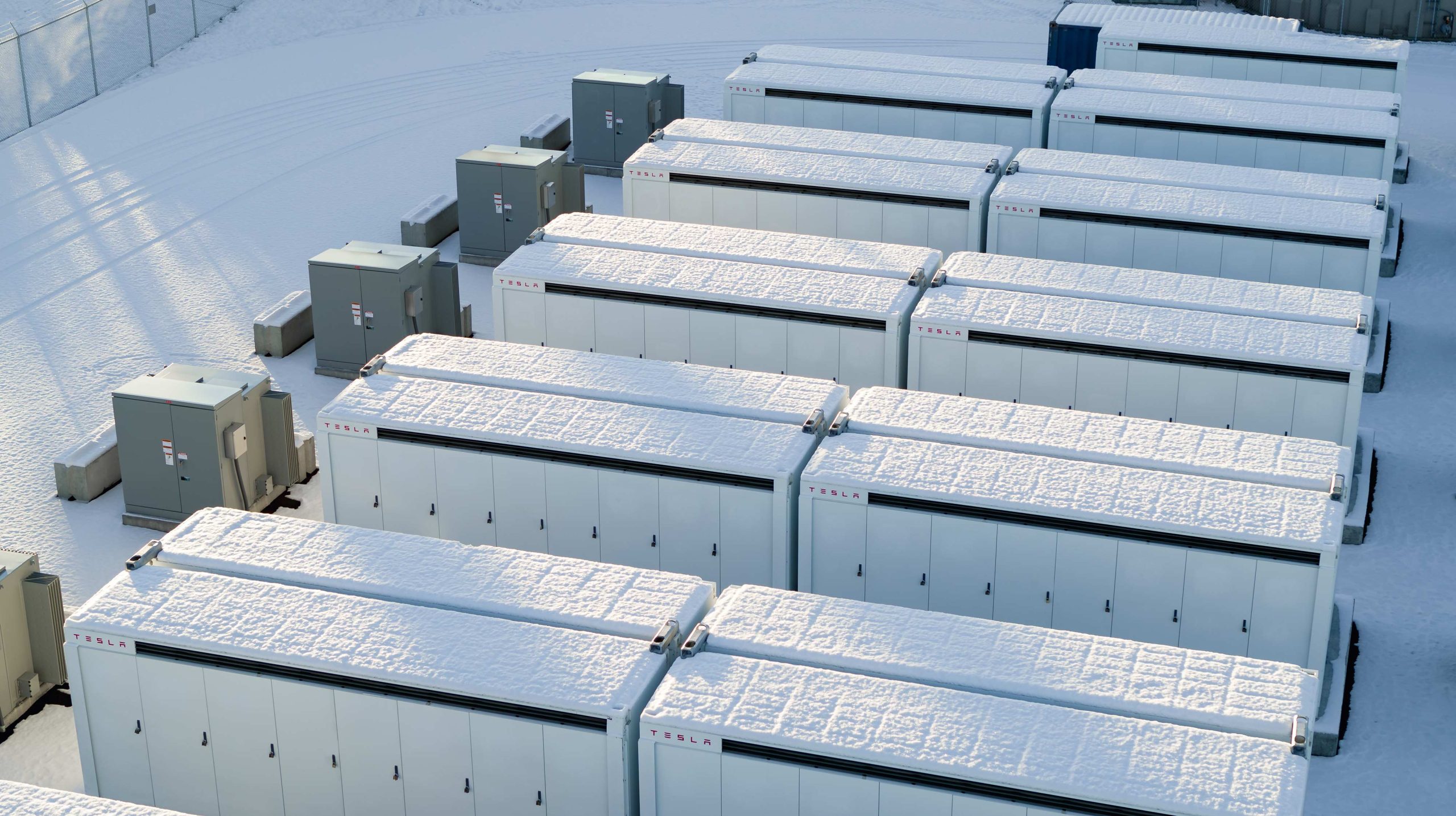
Tesla Energy recently celebrated its 10th anniversary with a dedicated video showcasing several of its milestones over the past decade.
Tesla Energy has gone far since its early days, and it is now becoming a progressively bigger part of the company.
Tesla Energy Early Days
When Elon Musk launched Tesla Energy in 2015, he noted that the business is a fundamental transformation of how the world works. To start, Tesla Energy offered the Powerwall, a 7 kWh/10 kWh home battery system, and the Powerpack, a grid-capable 100 kWh battery block that is designed for scalability. A few days after the products’ launch, Musk noted that Tesla had received 38,000 reservations for the Powerwall and 2,500 reservations for the Powerpack.
Tesla Energy’s beginnings would herald its quiet growth, with the company later announcing products like the Solar Roof tile, which is yet to be ramped, and the successor to the Powerwall, the 13.5 kWh Powerwall 2. In recent years, Tesla Energy also launched its Powerwall 3 home battery and the massive Megapack, a 3.9 MWh monster of a battery unit that has become the backbone for energy storage systems across the globe.
Key Milestones
As noted by Tesla Energy in its recent video, it has now established facilities that allow the company to manufacture 20,000 units of the Megapack every year, which should help grow the 23 GWh worth of Megapacks that have already been deployed globally.
The Powerwall remains a desirable home battery as well, with more than 850,000 units installed worldwide. These translate to 12 GWh of residential entry storage delivered to date. Just like the Megapack, Tesla is also ramping its production of the Powerwall, allowing the division to grow even more.
Tesla Energy’s Role
While Tesla Energy does not catch as much headlines as the company’s electric vehicle businesses, its contributions to the company’s bottom line have been growing. In the first quarter of 2025 alone, Tesla Energy deployed 10.4 GWh of energy storage products. Powerwall deployments also crossed 1 GWh in one quarter for the first time. As per Tesla in its Q1 2025 Update Letter, the gross margin for the Energy division has improved sequentially as well.
-

 Elon Musk3 days ago
Elon Musk3 days agoTesla investors will be shocked by Jim Cramer’s latest assessment
-

 News1 week ago
News1 week agoTesla Robotaxi’s biggest challenge seems to be this one thing
-

 News2 weeks ago
News2 weeks agoTexas lawmakers urge Tesla to delay Austin robotaxi launch to September
-

 Elon Musk2 weeks ago
Elon Musk2 weeks agoFirst Look at Tesla’s Robotaxi App: features, design, and more
-

 Elon Musk2 weeks ago
Elon Musk2 weeks agoxAI’s Grok 3 partners with Oracle Cloud for corporate AI innovation
-

 News2 weeks ago
News2 weeks agoSpaceX and Elon Musk share insights on Starship Ship 36’s RUD
-

 News2 weeks ago
News2 weeks agoWatch Tesla’s first driverless public Robotaxi rides in Texas
-

 News2 weeks ago
News2 weeks agoTesla has started rolling out initial round of Robotaxi invites

